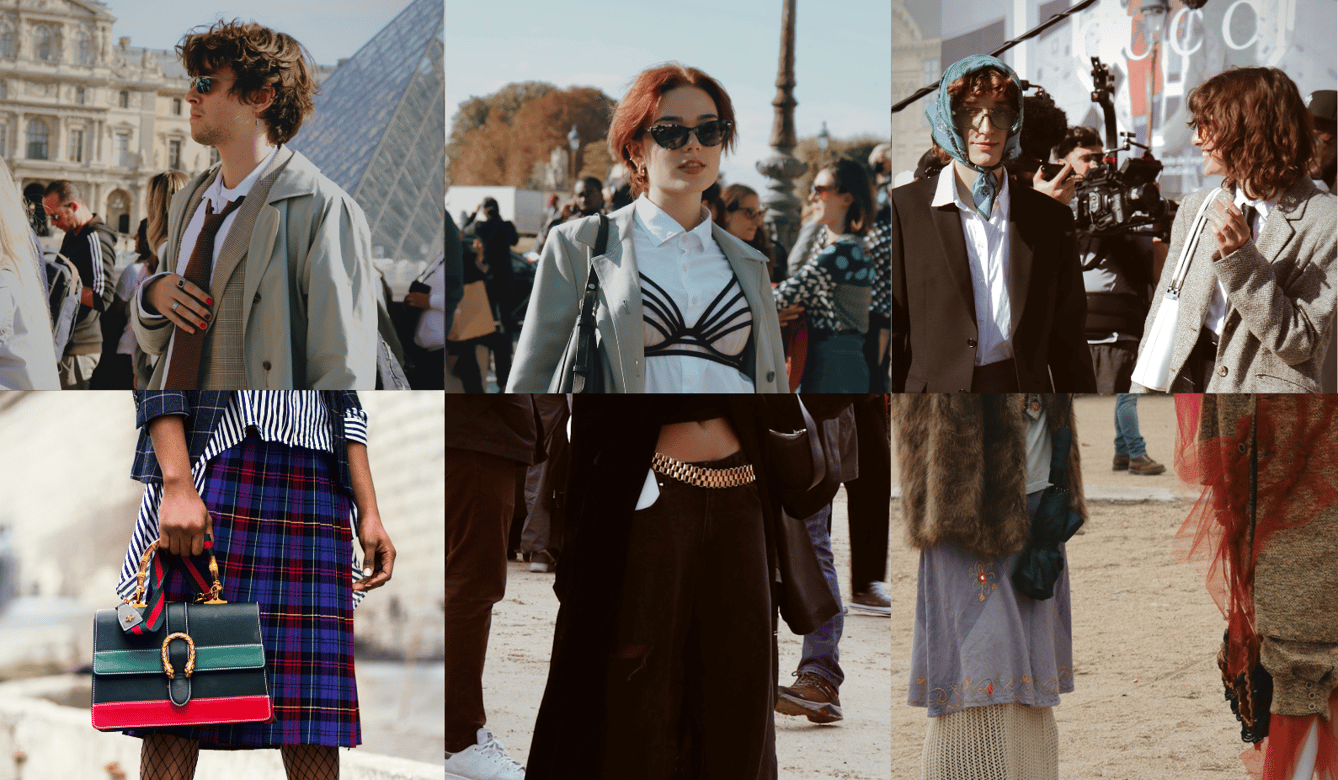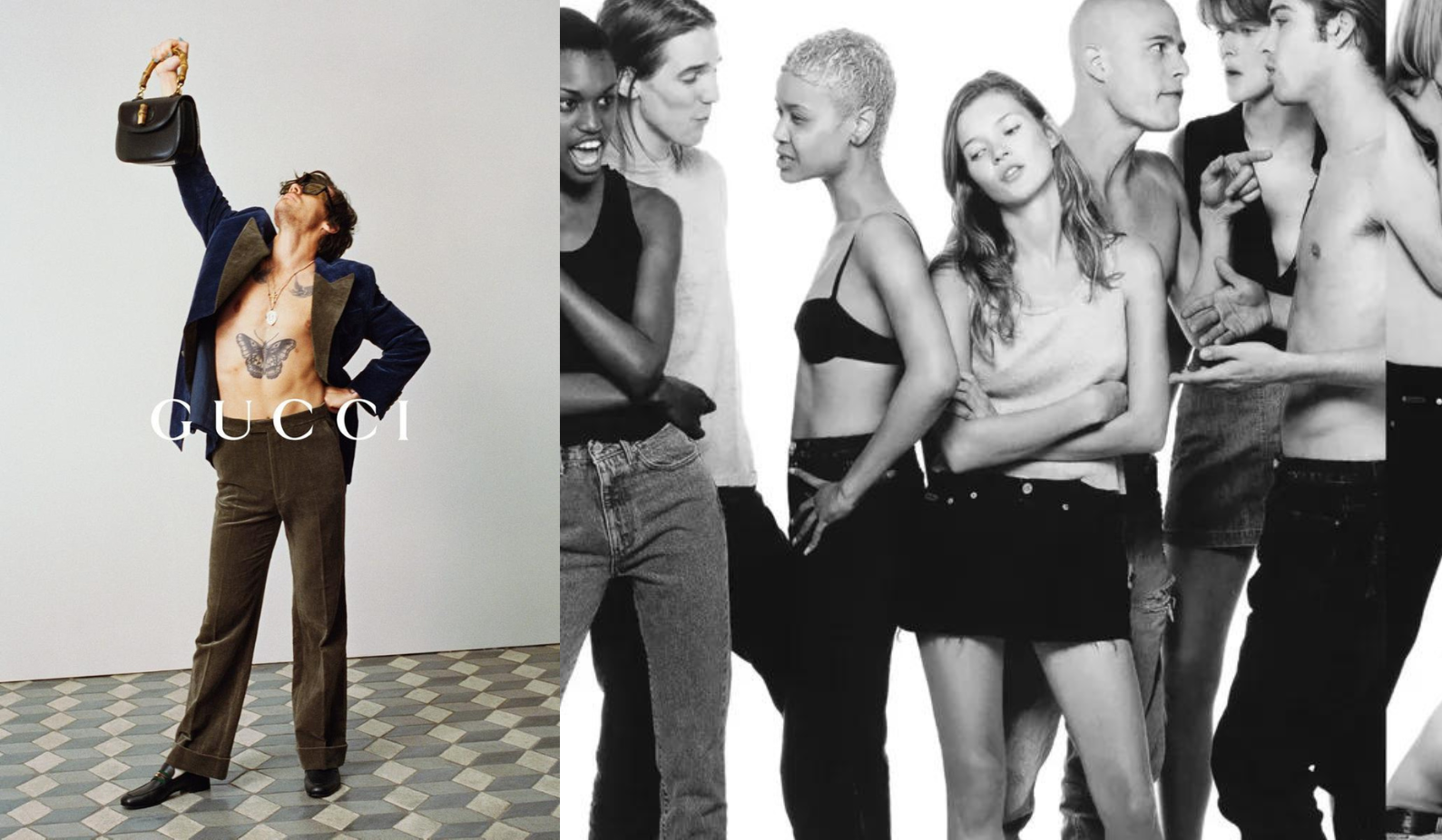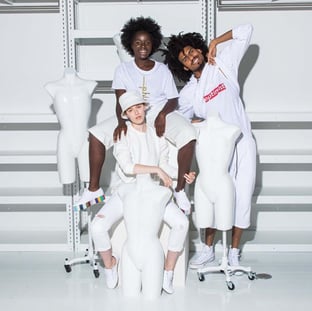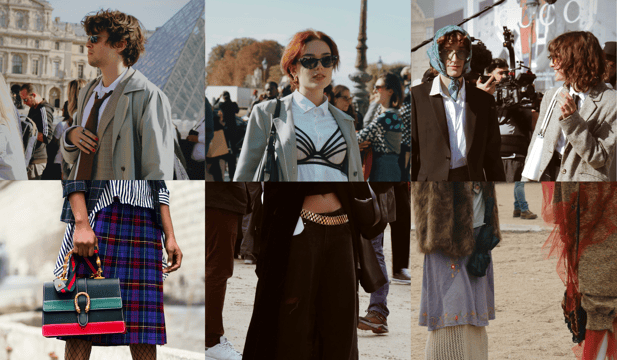IS THE FUTURE OF RETAIL GENDER NEUTRAL?

IS THE FUTURE OF RETAIL GENDER NEUTRAL?
For many industries, cultural, social and behavioural norms are moving faster than they can keep up with. One of the most dramatic changes of recent years has been the visibility of the LGBTQ+ community and its influence on the arts scene. Within this, non-binary identities or gender fluidity are new concepts to many. So new that there are currently no official statistics available in the UK as to the percentage of people who identify as such. But certainly, for Gen Z these are not some edgy ideas that apply to ‘others’, but an accepted way of life within their cultural and social sphere. This generation are more open to gender diversity, with a survey showing that “over half (61%) are of the opinion that the mainstream fashion industry overlooks minority groups including non-binary and trans people”.
Gender identity aside, the question arises as to whether it makes sense for retailers to ignore the traditional constraints of gender simply to appeal to as broad a market as possible. What could this mean for retail, specifically visual merchandising within fashion and how can we as VMs and creatives, navigate this change in strategy successfully?
brand imagery

Hypebeast & The Guardian
As far back as 1994 the first recognisable gender-neutral marketing campaign was launched for the unisex fragrance CK One. Featuring Kate Moss and a collection of uber-cool models wearing simple vests and tees, it wasn’t groundbreaking fashion. But it was all about championing the gender-neutral look with an emphasis on ‘neutral’.
Today, gender fluid imagery has cultivated many alternative aesthetics. Flamboyance and drama is just as notable as minimalism within gender neutrality. And with cis males experimenting with more feminine looks, it’s become a fashion trend as much as a statement on individual sexuality. Rather than sticking to minimal basics, opulent patterns and colours are combined with feminine silhouettes; a stark contrast to traditional menswear. Championed by the likes of Harry Styles and Gucci, they have succeeded in appealing to a far wider customer base by embracing diversity and simultaneously inspiring their existing core customer.
MAnNequins
Displaying this category defying clothing needs more consideration than just imagery on the shop floor.

Mannequins have long been designed to reflect societies ‘ideal’ body shapes so in 2018 when the world’s first gender-neutral store The Phluid Project opened, owner Rob Smith had to design mannequins that were gender-free because they simply didn’t yet exist. Fast forward just four years and gender-neutral mannequins are now easy to source, along with other inclusive body shapes such as plus size and parasport. The speed with which this has become the norm and not just a gimmick speaks to the desire to reflect all of society within retail.
Floor plans
Forward thinking retailers should consider the impact on space if gender had no place in the customer journey. Stores would be without traditional mens and womens departments meaning square footage increasing for every customer and layouts driven by trends or product type instead. In practical terms the flexibility this brings to the shop floor is vast, leaving planograms prioritising best sellers rather than gender-driven categories, whilst trends and visual storytelling have more space for impact. Department store Galeries Lafayette experimented with this idea when they opened their Champs-Élysées store. Gender neutral toilets and store signage were installed and men’s, women’s and unisex departments were merged under the same roof to resonate with local clientele and create a new era of shopping in this traditional sector.
-jpg.jpeg)
Signage
Communication is often perceived as a friction point when designing progressive spaces. Using inclusive language is vital to both service and brand messaging. Navigational aids are still needed but should be given as much thought as planograms themselves. Considering how you segment product and what to signpost will have a huge impact on customer experience. As an example, segmentation has always been most restrictive in children’s departments where age categories are vital, but perhaps gender is not?
A key success factor for inclusivity is how gender diversity is communicated without fanfare but crucially, as standard. Recently the ‘Cara Loves Karl’ collaboration between Cara Delevingne and Karl Lagerfeld featured “subtle markers of mens and womens collections shown via rounded or sharp rail ends” a creative way to signpost and differentiate within this gender fluid environment.
The way forward…
Each brands unique aesthetic and target market will define how gender is presented. But Gen Z consumers are wonderfully disrespectful of boundaries and labels, which results in a far more casual approach to ‘category’ led shopping. Embracing gender diversity is vital in appealing to that demographic and a huge opportunity to both broaden customer base and create more commercial retail space. Success lies in normalising this approach so that it becomes less of a trend, more a standard approach to fashion retail.
About Katy Trodd
Accomplished London based retail consultant specialising in visual merchandising and styling, with a diverse portfolio of clients, from global corporate brands to high end designers and small independent stores.
Follow IWD on Facebook, LinkedIn, and Instagram or subscribe to our newsletter.



.png?width=330&name=BLOG%20COVER%20(1200%20x%20630%20px).png)

